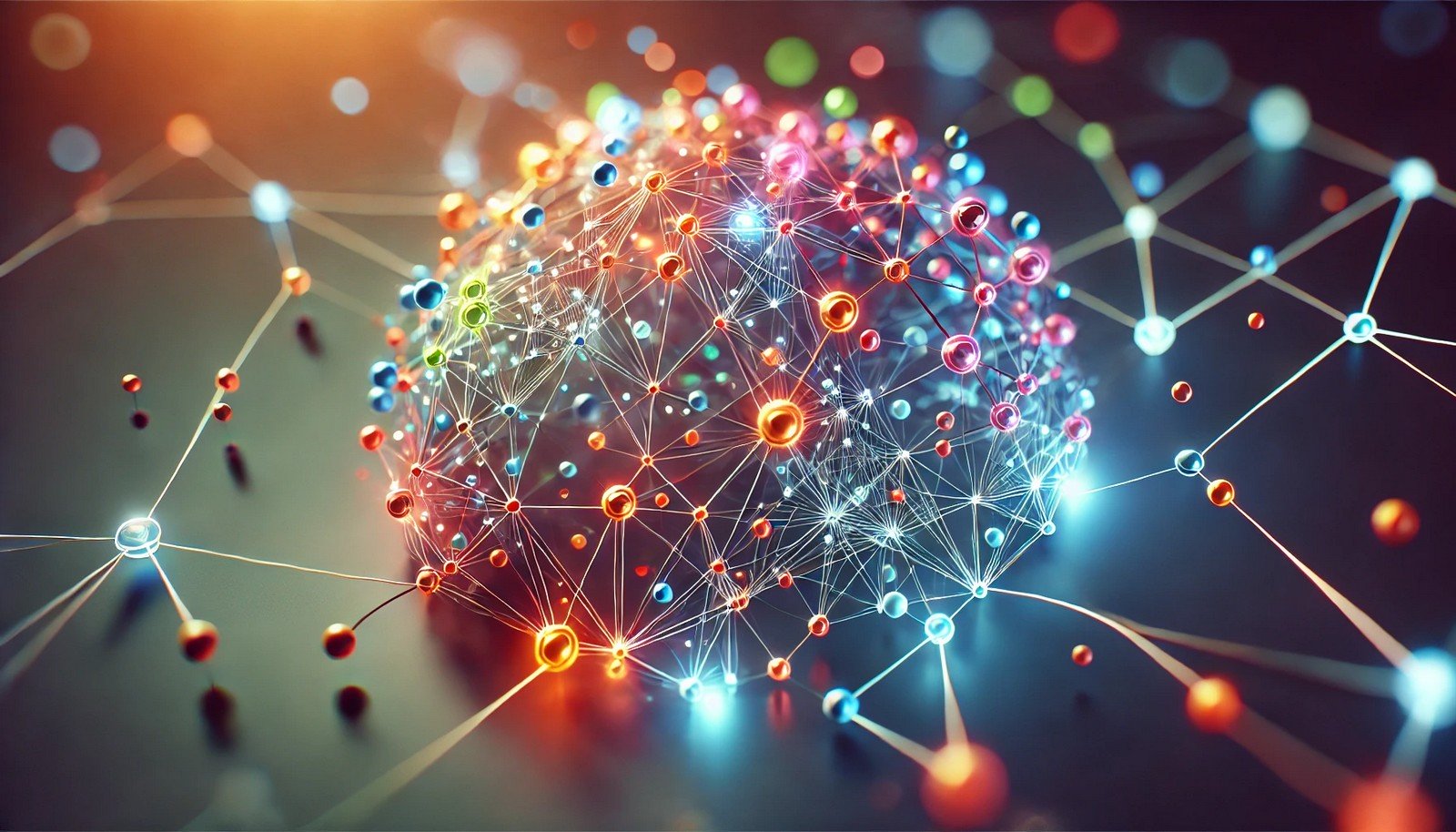Knowledge Graphs in NLP

Quick Navigation:
- Knowledge Graphs in NLP Definition
- Knowledge Graphs in NLP Explained Easy
- Knowledge Graphs in NLP Origin
- Knowledge Graphs in NLP Etymology
- Knowledge Graphs in NLP Usage Trends
- Knowledge Graphs in NLP Usage
- Knowledge Graphs in NLP Examples in Context
- Knowledge Graphs in NLP FAQ
- Knowledge Graphs in NLP Related Words
Knowledge Graphs in NLP Definition
Knowledge Graphs in NLP represent interconnected relationships and entities, creating a structured network of knowledge that machines can interpret. These graphs link people, places, concepts, and events, enabling machines to understand and infer context in text data, making them essential for applications like question answering, information retrieval, and sentiment analysis. Key technologies in creating knowledge graphs include ontology-based models, RDF (Resource Description Framework), and SPARQL querying.
Knowledge Graphs in NLP Explained Easy
Imagine a big web where everything in the world is connected with strings—like a map that connects words, ideas, and objects. For example, if you connect "dog" to "animal" and then to "bark," you create links showing how these ideas relate. In NLP, knowledge graphs help computers understand these connections to make sense of words and meanings.
Knowledge Graphs in NLP Origin
Knowledge graphs have origins in early AI research focused on representing structured knowledge. Over the last few decades, as AI and computational linguistics advanced, knowledge graphs have become more sophisticated, especially with Google introducing a Knowledge Graph in 2012 to enhance search results with contextual information.
Knowledge Graphs in NLP Etymology
The term "knowledge graph" refers to a graph-based structure that encodes knowledge, where nodes represent entities and edges represent their relationships.
Knowledge Graphs in NLP Usage Trends
Recently, knowledge graphs have gained popularity in sectors requiring advanced NLP capabilities, like e-commerce, digital assistants, and content recommendation systems. They’re crucial for enhancing user experiences by providing precise, context-aware responses. The shift towards explainable AI has also boosted interest in knowledge graphs, as they offer a transparent representation of data connections.
Knowledge Graphs in NLP Usage
- Formal/Technical Tagging:
- Natural Language Processing
- Knowledge Representation
- Semantic Networks - Typical Collocations:
- "knowledge graph embeddings"
- "NLP knowledge graph integration"
- "entity linking in knowledge graphs"
- "semantic search with knowledge graphs"
Knowledge Graphs in NLP Examples in Context
- Knowledge graphs help search engines understand and retrieve information by linking related topics and concepts.
- In digital assistants, knowledge graphs allow for context-aware responses, enhancing user interactions.
- Content platforms use knowledge graphs to recommend related articles or videos based on users’ interests.
Knowledge Graphs in NLP FAQ
- What is a knowledge graph in NLP?
A structured network linking entities and relationships, enabling machines to interpret text contextually. - How do knowledge graphs enhance search engines?
By linking entities and relationships, they allow for more precise, context-aware search results. - What are common technologies for building knowledge graphs?
RDF, SPARQL, and ontology-based models are commonly used. - How does a knowledge graph benefit digital assistants?
They provide context, allowing for more relevant responses to user queries. - Are knowledge graphs used in recommendation systems?
Yes, they connect related topics, helping recommend content based on user interests. - What are some challenges in creating knowledge graphs?
Challenges include data integration, handling unstructured data, and maintaining accuracy over time. - Can knowledge graphs improve sentiment analysis?
They provide context, which can enhance sentiment understanding in text analysis. - What are knowledge graph embeddings?
Techniques to represent graph data in a way that machines can understand and use for predictions. - How do knowledge graphs relate to AI explainability?
They provide a transparent structure that makes data relationships easier to interpret. - What is entity linking in knowledge graphs?
The process of matching entities in text to the correct entries in a knowledge graph.
Knowledge Graphs in NLP Related Words
- Categories/Topics:
- Natural Language Processing
- Artificial Intelligence
- Knowledge Representation
Did you know?
In 2012, Google launched its Knowledge Graph to provide more relevant search results by linking concepts and entities. This innovation marked a significant step in NLP and search engine technology, influencing the future of how machines process and relate to human language.
PicDictionary.com is an online dictionary in pictures. If you have questions or suggestions, please reach out to us on WhatsApp or Twitter.Authors | Arjun Vishnu | @ArjunAndVishnu

I am Vishnu. I like AI, Linux, Single Board Computers, and Cloud Computing. I create the web & video content, and I also write for popular websites.
My younger brother, Arjun handles image & video editing. Together, we run a YouTube Channel that's focused on reviewing gadgets and explaining technology.



Comments powered by CComment